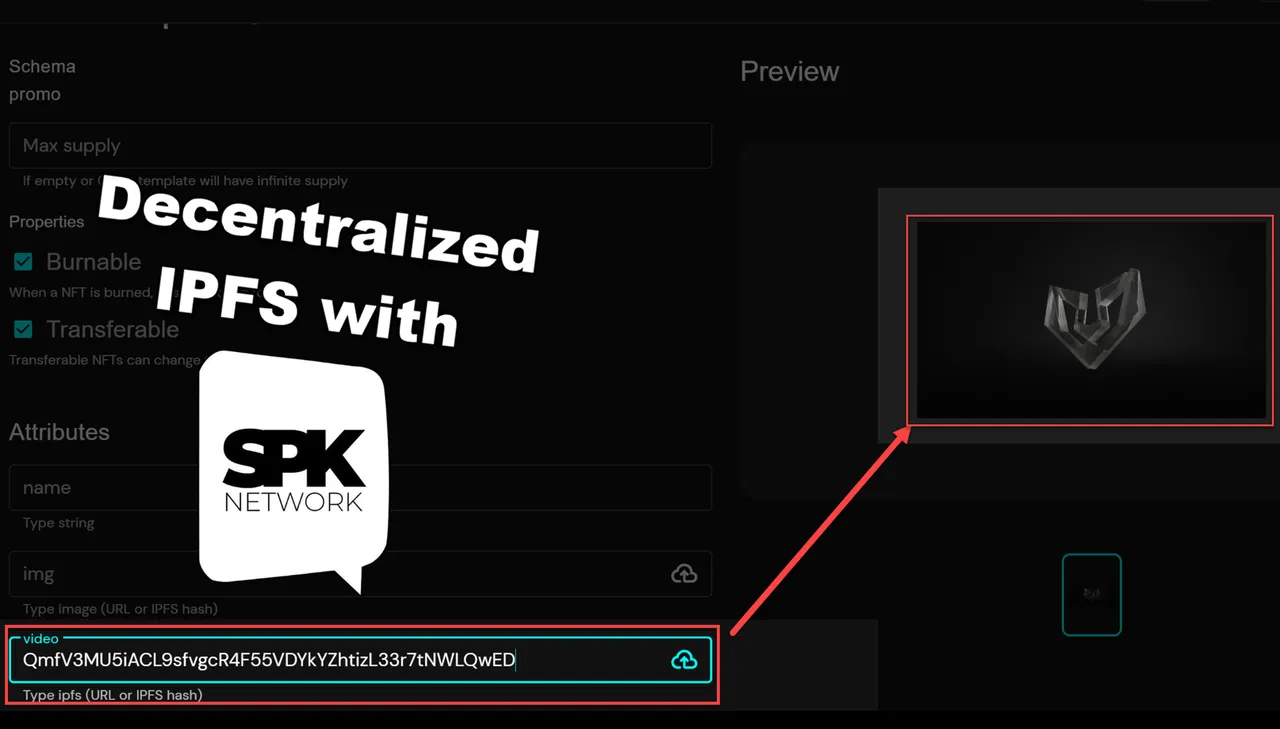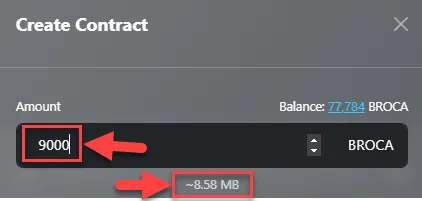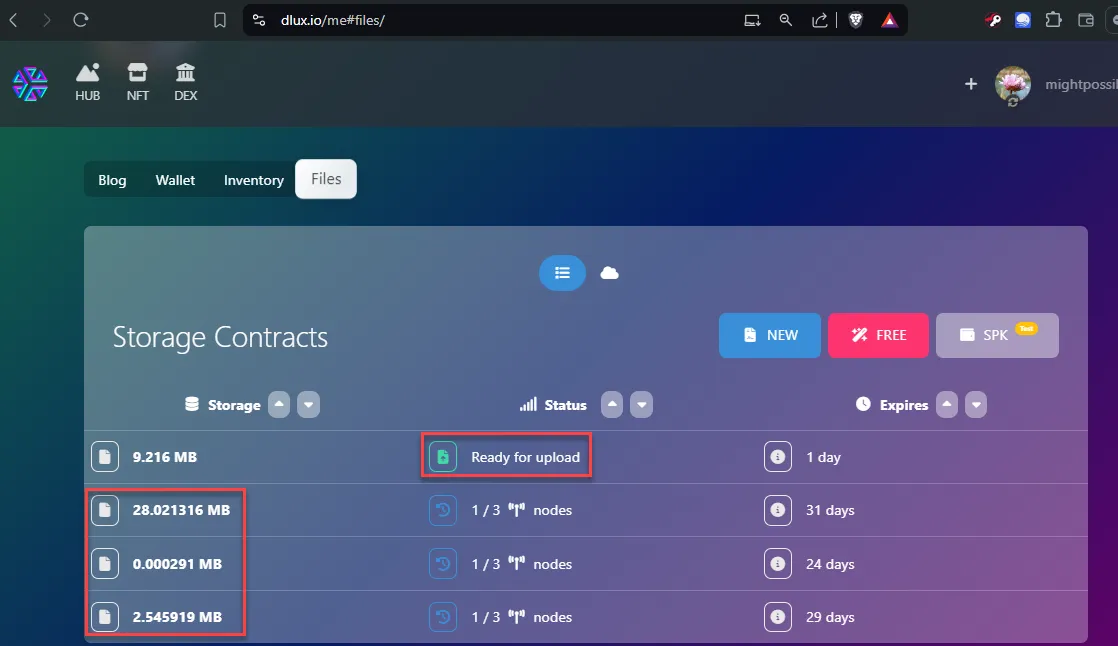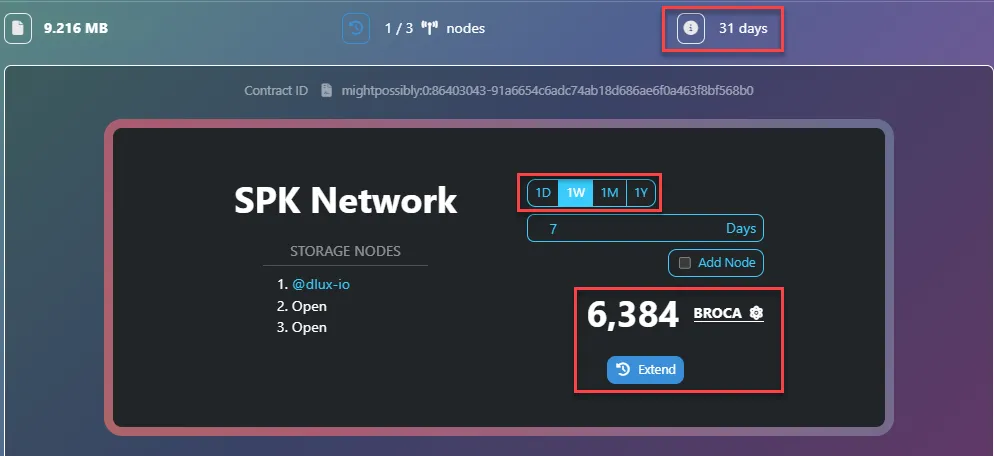
Last week I dove into dlux.io to join in on the final testnet sprint of the SPK Network after reading their announcement post Final Testnet Sprint is Live!. In this article I share the results of my experience and why I think the SPK Network is set to revolutionize the web.
What is SPK Network
The reality of today's internet is that a majority of the data is stored on centralized infrastructure like AWS (amazon web services) and Google (youtube, google drive) plus a few others. The problem with this is of course that these services have full control over the data that is stored on them. This means that your videos can get taken down and your files can be deleted, and there's really nothing you can do about it.
This is what SPK Network is trying to solve. It aims to provide the same type of infrastructure, but in a uncensorable and decentralized way and ran by the communities at large, and not by giant tech-companies.
We already have the possibility to store text on Hive's Layer 1 of course, but storing files is a whole other matter. To get a better understanding of what we're really talking about here, I highly recommend watching this 15 minute run-down by @starkerz about what the SPK Network is, and what's its purpose.
Video Link: Parallel Economy Building with @Starkerz - 2. What is the SPK Network
PS: If you're not an english-speaker or have trouble hearing, I've added the full transcript of the video in the comments' section of the video to make it available for anyone.
Test Results
As per the final sprint announcement linked at the top of this araticle, the task for the community is to try out the functionality of the network and see if and how it works. The functionality to be tested is basically the storage of files on the SPK Network via IPFS. It's possible to store files both openly and encrypted (meaning it can only be unlocked by specificly defined Hive account's private keys).
How it works (simply explained)
To store files on the SPK Network, you need a token called BROCA. And to get that, you need to have powered up another token, called SPK. The more SPK Power you have, the more BROCA you get - and it recharges at a steady rate. It basically works the same way as HP (Hive Power) and RCs (Resource Credits).
So to upload a file, you first need to create what's called a Storage Contract.

And the more BROCA you spend to create the contract, the larger storage space you get, like in this example where 9000 BROCA gives us 8.58 MB of storage space in the contract.

And once the storage contract has been created, you're ready to upload your file:

Once the file is uploaded, your storage contract has now been activated, and will stay active for 31 days, a time limit you can extend however long you want, by paying additional BROCA tokens, depending on the duration and the size of the contract.

How it went
I was easily able to create several contracts – both encrypted and non-encrypted ones – by following the steps in the announcement post. I did not run into any issues whatsoever. It just worked.
You can explore the files I've uploaded yourself, by going to my Storage Contracts page, which is public: https://www.dlux.io/@mightpossibly#files
You will find that one of the files is encrypted, and you are also able to see which accounts that can unlock it using their hive keys.

Conclusion / potential use-cases
Decentralized data storage obviously has many use-cases, and I've touched on a couple through my testing.
One that will be very useful to many, is the ability to use it for IPFS storage for images and video (for instance to use for NFTs, but also just plain old image hosting). I'm currently on a paid plan at a centralized IPFS storage service provider, where I pay more than $20 a month. Below is a thread with my initial reaction right after I'd stored a video on SPK and attempted to mint an NFT using the video I'd just stored in my contract (I didn't actually mint it, it was more a proof of concept for myself).
@mightpossibly/re-leothreads-nunt2bjo
Another cool thing I just used it for, is to share an uncompressed, full-resolution version of a desktop wallpaper to share with the community on Threads.
@mightpossibly/re-leothreads-2j5xdjdtf
These are, of course, just a few small ones. One much bigger one, is the one utilized by 3speak, to host videos. Or how about code storage for open source applications, or even AIs?
Once this thing is fully up and running, a huge problem has been solved. It will then be up to the communities of Hive to come up with the use-cases, provide the infrastructure and actually put this groundbreaking technology to work.

Thank you for reading!
What is Hive?
To learn more about Hive, this article is a good place to start: What is Hive?. If you don't already own a Hive account, go here to get one.